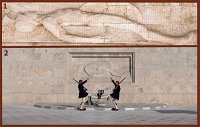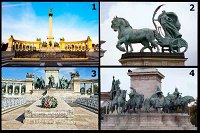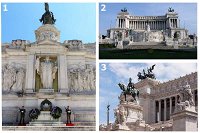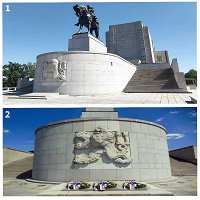Quiz Answer Key and Fun Facts
1. Brussels: Congress Column. 1850. King Leopold Statue
2. Athens: Syntagma Square. Memorial. Guarded by Evzones
3. Valletta: Siege Bell. 1992. WWII memorial with catafalque
4. Budapest: Heroes Square.1896. Monument. Colonnades
5. Paris: Place Charles de Gaulle.1920. Joint first Tomb of Unknown Soldier.
6. Rome: Victor Emmanuel II National Monument.1885. Beneath goddess Roma.
7. Moscow: Alexander Garden. WWII. At Kremlin Wall.
8. Prague: National Monument. 1928. Jan Ziska statue
9. Madrid: Monument to the Fallen for Spain.1840. Known as 'the Obelisk'
10. Warsaw: Pilsudski Square. 1923. Within Old Saxon Palace
Source: Author
Midget40
This quiz was reviewed by FunTrivia editor
stedman before going online.
Any errors found in FunTrivia content are routinely corrected through our feedback system.










